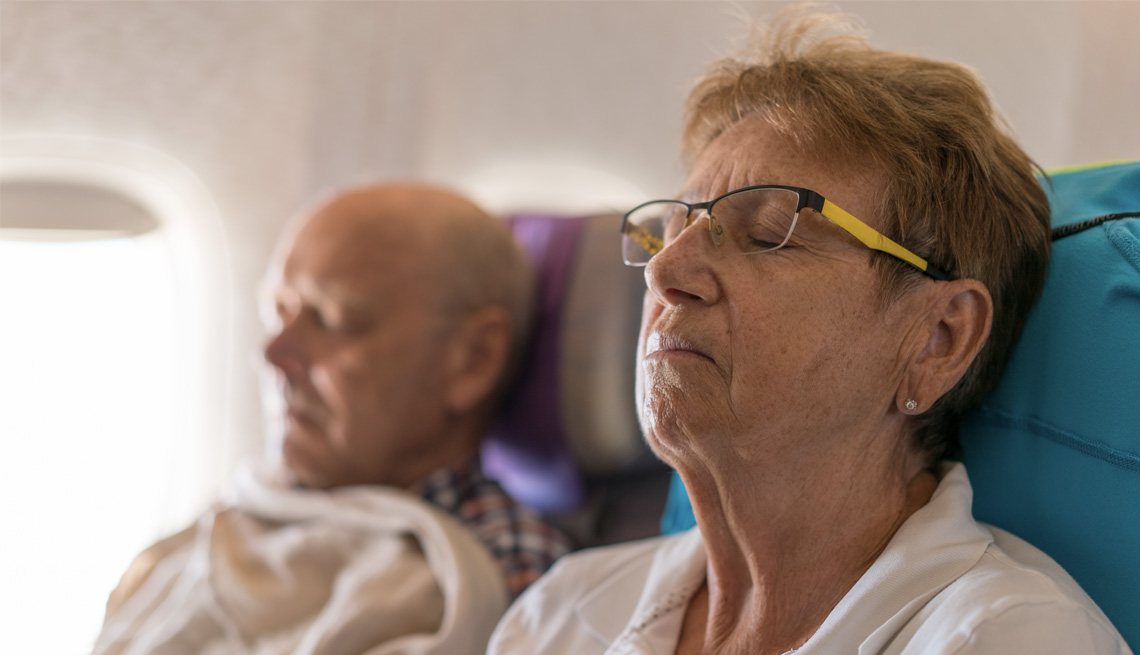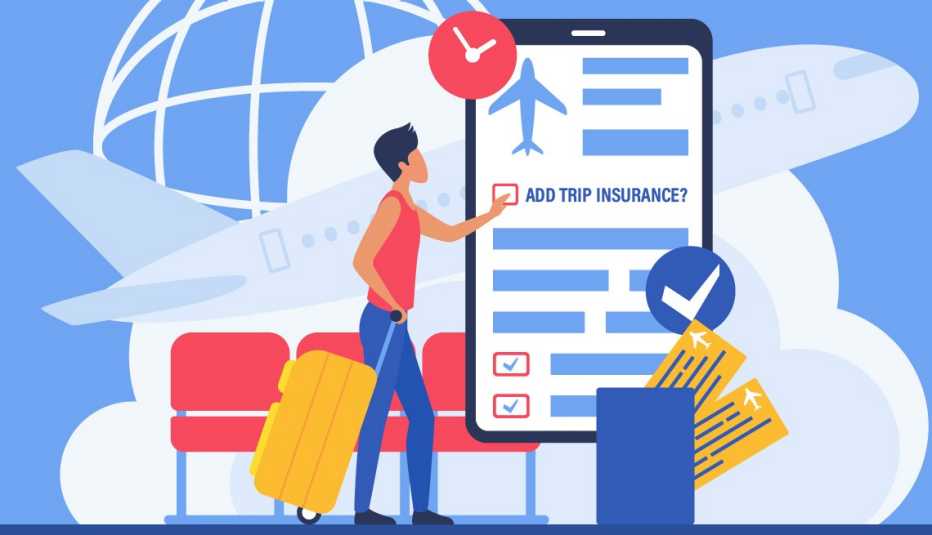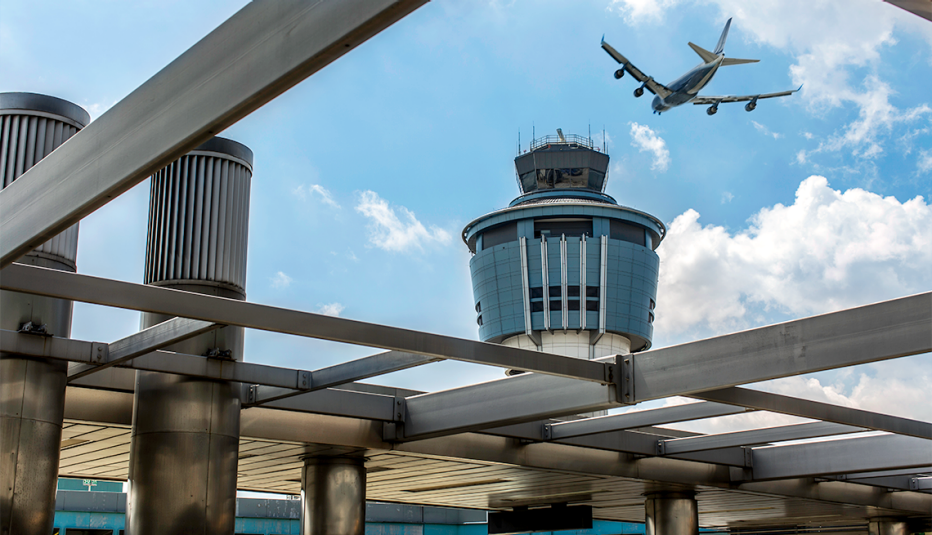AARP Hearing Center
The last time I had a really good sleep on a plane was nearly two decades ago, when my family and I lived in Singapore and we had the good fortune of flying back and forth to the U.S. in business class on Singapore Airlines. Not only were the fully reclining seats set in private little cocoons of bliss, but the flight attendants graciously watched my two young children while I slept.
These days, I mostly travel between Boston and London in coach, and I board the red-eye with little expectation of getting any real sleep. I bring my favorite pashmina and fuzzy socks, but I spend most of the flight watching movies, occasionally nodding off for an hour at the most. I arrive in London the next morning completely exhausted and struggle to stay awake for the rest of the day so I can adjust to the local time.
Each trip I wonder: Is it possible to get quality sleep on a plane without being in first class? To find out how, I went to the experts.
Do’s and Don’ts of Sleeping on a Plane
Here are some expert tips from Rachel Salas, M.D., a sleep neurologist at the Johns Hopkins Center for Sleep and Wellness.
Do
Adjust your sleep schedule to the new time zone. If you’re going to be in the new time zone for a week or longer, start moving to the new time a few days before you travel. This can be especially helpful if you have a tight agenda once you arrive and need to hit the ground running.
Listen to white noise. White noise is consistent and can help drown out ambient noise. Music, on the other hand, is not constant and the fluctuations can affect your sleep quality.
Carry an extra pair of socks. If you’ve been traveling in your socks all day and have trapped moisture, that can cool you down, so bring an extra pair of clean, dry socks for the flight.
Don’t
Drink alcohol. Any sedative will relax your muscles, which can make sleep apnea worse (and your snoring may disturb others on the plane). Alcohol can also cause you to wake up, even if the alcohol initially helps you get to sleep.
Watch a movie or use a screen device. The devices’ blue light can affect your circadian rhythm so that even if you’re tired, you may not be able to fall asleep. The content might also be stimulating or scary, which may keep you awake, and the program might be interrupted by announcements on the plane, which can interfere with the timing of your plan.
Rachel Salas, M.D., a sleep neurologist at the Johns Hopkins Center for Sleep and Wellness, says that sleep is particularly important for older adults and has an impact on our overall health. As we get older, our sleep is broken up more because of things like medication or getting up to use the bathroom, and this affects our quality of sleep. She adds that traveling across time zones can wreak havoc on our circadian rhythms, particularly for the more than half of those over 65 who are at high risk for a sleep disorder.
When traveling, Salas recommends making a plan and keeping your sleep-wake cycle as consistent as possible. If you normally go to bed at 9 p.m. and your flight leaves at 8 p.m. (and you’re not changing time zones), try to go to sleep at 9 p.m. “If you are changing time zones, you may not want to sleep. That way, when you get there, you can assume the new time zone,” Salas says.
She adds, “More people are feeling comfortable using their CPAP (continuous positive airway pressure) machine on a plane, particularly for longer flights.” It’s especially important for people who have moderate to severe sleep apnea — to protect their health and so their snoring doesn’t disturb the other passengers.
When it comes to using prescription sleep aids, Salas says to proceed with caution, not to get medications from friends and never to try a new medication on a flight.
“The last thing you want is to be taking something for the first time on a long flight,” Salas says. Even if you’ve taken the medication previously, many medications have side effects, and if you didn’t have side effects previously, you might have them on the plane. “You’re in a public space and you want to be alert in case there’s an emergency.” She adds that taking melatonin — a hormone produced in the brain in response to darkness — can be helpful as a circadian rhythm sleep anchor, but she emphasizes that it’s not a sleep aid, and you should consult your doctor before taking it.



































































